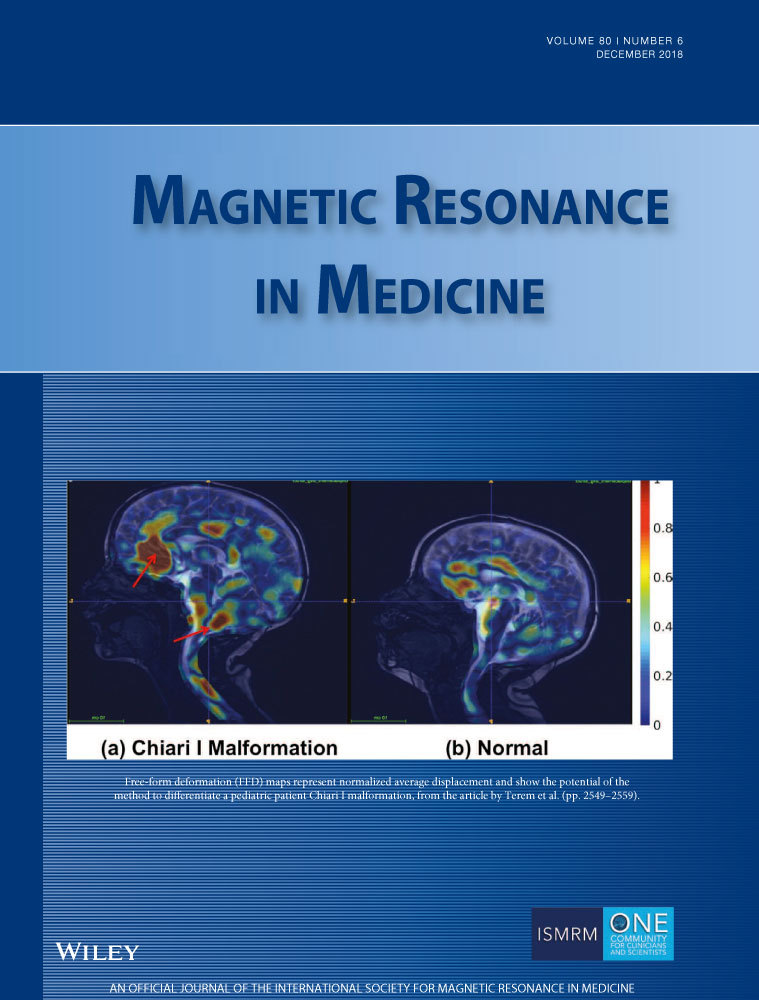Analysis of dual tree M-band wavelet transform based features for brain image classification
Abstract
Purpose
The most complex organ in the human body is the brain. The unrestrained growth of cells in the brain is called a brain tumor. The cause of a brain tumor is still unknown and the survival rate is lower than other types of cancers. Hence, early detection is very important for proper treatment.
Methods
In this study, an efficient computer-aided diagnosis (CAD) system is presented for brain image classification by analyzing MRI of the brain. At first, the MRI brain images of normal and abnormal categories are modeled by using the statistical features of dual tree m-band wavelet transform (DTMBWT). A maximum margin classifier, support vector machine (SVM) is then used for the classification and validated with k-fold approach.
Results
Results show that the system provides promising results on a repository of molecular brain neoplasia data (REMBRANDT) with 97.5% accuracy using 4th level statistical features of DTMBWT.
Conclusion
Viewing the experimental results, we conclude that the system gives a satisfactory performance for the brain image classification.




